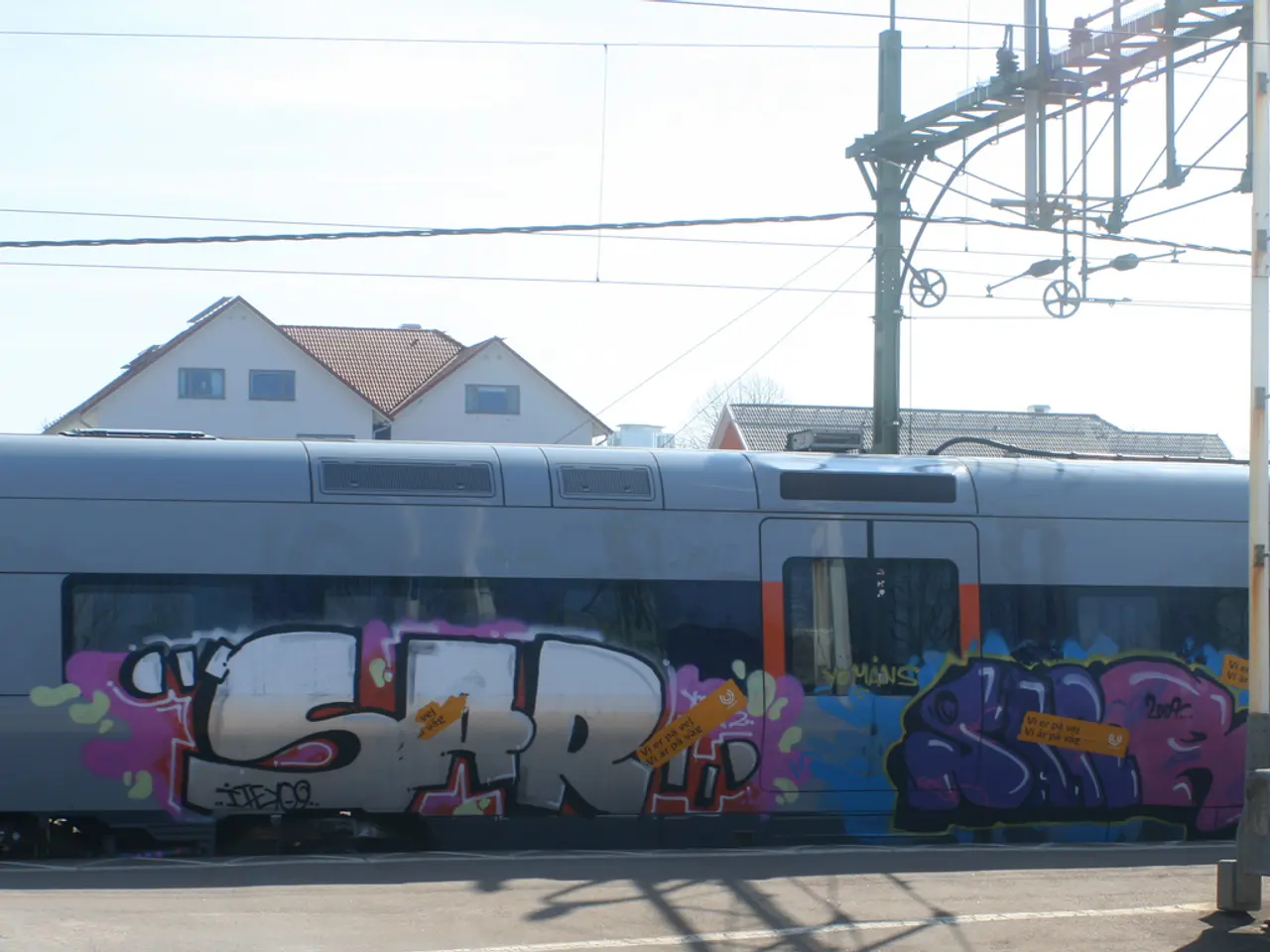Identifying the Need for Enclosed Network Cabling
In the fast-paced world of industrial networking, reliable connectivity is paramount. This is particularly true in environments where Electromagnetic Interference (EMI) and Radio Frequency Interference (RFI) can cause data transmission issues, leading to downtime and errors. To combat these challenges, shielded cables and connectors play a crucial role.
Choosing the Right Shielded Cable
For moderate EMI areas, F/UTP (Foiled with Unshielded Twisted Pairs) cables are a cost-effective choice. However, for harsh industrial environments near heavy machinery or power cables, U/FTP (Unfoiled with Foiled Twisted Pairs) cables offer superior EMI protection. In high-performance industrial networks, Cat.6A U/FTP cables supporting 10Gbps over 100 meters are recommended, combined with proper grounding and shield continuity using compatible connectors and patch panels.
Reliable products in this category include DINTEK’s PowerMAX500 Cat.6 (F/UTP) and PowerMAX+ Cat.6A (F/UTP), which are ETL/UL-verified and designed with robust shielding and LSZH or outdoor-rated jackets suitable for industrial use.
Standards for Harsh Environments
Two standards are commonly used to measure and rate harsh environments: the IP (Ingress Protection) rating and the NEMA (National Electrical Manufacturers Association) ratings. The IP rating, defined by the IEC 60529 standard, rates protection against solids (dust) and liquids (water) intrusion. NEMA ratings classify enclosures used in industrial environments by their ability to withstand environmental hazards such as dust, water, oil, and corrosion.
The Role of Fiber-Optic Cabling
In some cases, fiber-optic cabling may be necessary in certain areas of an industrial cable plant near high-EMI areas or between facilities where copper falls short due to distance limitations. Fiber-optic cabling is impervious to EMI and RFI and can extend great distances without the use of costly and cumbersome repeaters.
Key Considerations in Harsh Industrial Environments
In harsh industrial environments, low-smoke zero-halogen (LSZH) jacketed cables are preferred as they emit fewer toxic fumes than standard PVC-based cable jackets. In addition, hi-flex, low-friction jackets and robust connectors are necessary for cables that are constantly moving. LSZH cabling is typically used in confined spaces such as mining operations.
Proper bonded grounding of all components is crucial for effective shielding. It is essential to ensure that all shielded cables, connectors, and shielded interconnection points are grounded correctly to maintain effective EMI and RFI protection.
Industrial environments include manufacturing facilities, petroleum processing operations, coal mining operations, waste water treatment facilities, and transportation systems. Harsh Environment Rating Systems, such as those devised by the National Electrical Manufacturers Association (NEMA) and the International Electrotechnical Commission (IEC), define a product's resistance to dust, moisture, water immersion, and ice. The IEC’s rating is called the IP or Ingress Protection rating.
By understanding the importance of shielded cabling, connectors, and proper grounding in industrial network environments, businesses can ensure robust, interference-resistant network connectivity robust enough to withstand the challenges posed by industrial conditions.
- In the realm of home-and-garden enthusiasts, utilizing F/UTP (Foiled with Unshielded Twisted Pairs) cables for moderate EMI areas can provide a cost-effective solution for reliable network connectivity in areas with appliances that generate electromagnetic interference.
- For business operations heavily reliant on data-and-cloud-computing, U/FTP (Unfoiled with Foiled Twisted Pairs) cables offer superior protection in industrial environments, ensuring minimal interference and a smooth flow of information.
- Sustainable living advocates may find LSZH (low-smoke zero-halogen) jacketed cables, designed with environmental considerations in mind, suitable for home-and-garden projects in harsh industrial environments where harmful fumes are a concern.
- Technology firms operating in the manufacturing industry can capitalize on the superior performance of fiber-optic cabling by using it in hotspots with heavy electromagnetic interference, ensuring unparalleled protection against data transmission issues across vast distances.




